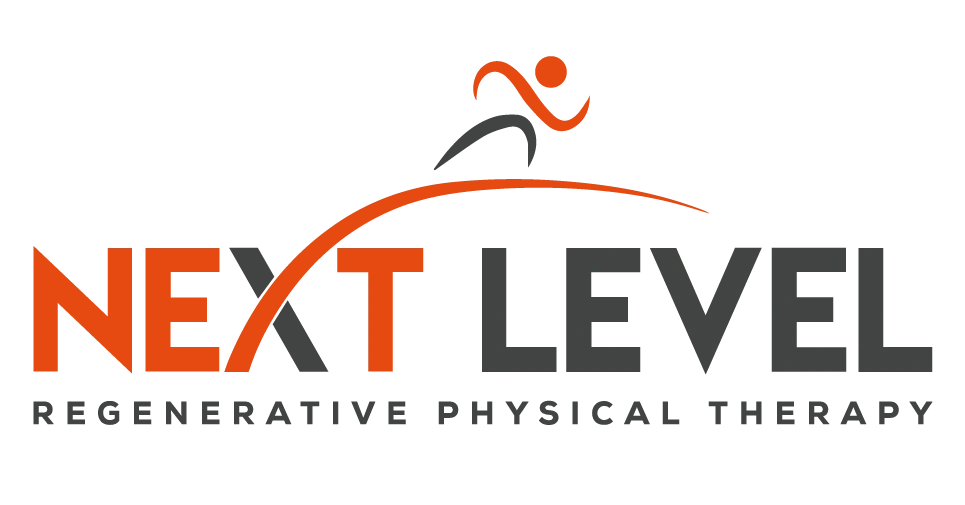When chronic pain or muscle tension disrupts your daily life, choosing between dry needling vs massage can feel overwhelming. Both treatments offer unique benefits for pain relief and recovery, but understanding their differences helps you make the best decision for your specific needs.
Whether you’re dealing with persistent back pain, sports injuries, or muscle tightness, the right treatment approach can significantly impact your recovery journey. This comprehensive guide examines both therapies to help you determine which option aligns with your health goals and comfort level.
Understanding Dry Needling: Precision Pain Relief
Dry needling is a modern therapeutic technique that uses thin, sterile needles to target specific trigger points in muscles. Unlike acupuncture, which follows traditional Chinese medicine principles, dry needling is based on current understanding of anatomy and muscle physiology.
During a dry needling session, your physical therapist inserts needles directly into tight muscle bands or trigger points. This process helps release muscle tension, improve blood flow, and reduce pain signals to the brain. The “dry” aspect refers to the fact that no medication is injected—the needle itself provides the therapeutic benefit.
How Dry Needling Works
The needle insertion creates a localized twitch response in the muscle, which helps reset the muscle’s normal function. This process can:
- Release tight muscle knots
- Improve circulation to the affected area
- Reduce inflammation
- Restore normal muscle activation patterns
- Decrease pain sensitivity
Many patients experience immediate relief following their first session, though some soreness may occur for 24-48 hours afterward.
The Benefits of Massage Therapy
Massage therapy has been used for centuries to promote healing and relaxation. This hands-on approach uses various techniques to manipulate soft tissues, including muscles, tendons, ligaments, and fascia.
Professional massage therapists employ different methods such as Swedish massage, deep tissue massage, and trigger point massage to address specific concerns. Each technique offers unique benefits depending on your individual needs and treatment goals.
Types of Massage for Pain Management
Deep Tissue Massage: Targets deeper muscle layers to release chronic tension and adhesions. This technique is particularly effective for chronic pain conditions and areas of significant muscle tightness.
Trigger Point Massage: Focuses on specific knots or trigger points in muscles, similar to dry needling but using manual pressure instead of needles.
Swedish Massage: Uses gentler strokes to promote relaxation and improve circulation. While less intensive than deep tissue work, it’s excellent for stress reduction and general wellness.
Dry Needling vs Massage: Key Differences
Treatment Approach
The fundamental difference between dry needling vs massage lies in their approach. Dry needling uses precise needle insertion to target specific anatomical points, while massage therapy relies on manual manipulation of soft tissues.
Dry needling can access deeper muscle layers and trigger points that might be difficult to reach through manual pressure alone. The needle’s precision allows therapists to target exact locations where muscle dysfunction occurs.
Massage therapy, however, addresses broader areas and can treat multiple muscle groups simultaneously. The hands-on approach also provides immediate feedback about tissue quality and patient response.
Duration and Frequency
Dry needling sessions typically last 15-30 minutes and focus on specific problem areas. Most patients require 3-6 sessions spaced one to two weeks apart to achieve optimal results.
Massage therapy sessions usually last 30-90 minutes, allowing for comprehensive treatment of multiple body regions. The frequency varies based on your condition, but many people benefit from weekly or bi-weekly sessions for maintenance.
Recovery and Side Effects
Both treatments may cause temporary soreness, but the nature differs slightly. Dry needling can produce immediate muscle soreness that resembles post-exercise fatigue. This typically resolves within 24-48 hours.
Massage therapy may cause mild soreness, particularly after deep tissue work. However, many patients feel immediate relaxation and improved mobility following treatment.
Which Conditions Respond Better to Each Treatment?
Dry Needling Excels For:
- Acute muscle strains and sports injuries
- Chronic trigger points that don’t respond to other treatments
- Nerve-related pain conditions
- Specific muscle dysfunction patterns
- Post-surgical muscle tightness
Research shows dry needling particularly effective for conditions like neck pain, shoulder impingement, and certain types of headaches. The precision targeting makes it ideal when specific muscles need focused attention.
Massage Therapy Works Best For:
- General muscle tension and stress
- Chronic pain conditions requiring broad-area treatment
- Circulation problems
- Anxiety and stress-related muscle tension
- Recovery from intense physical activity
Massage therapy’s comprehensive approach makes it excellent for overall wellness and conditions affecting multiple muscle groups simultaneously.
Safety Considerations and Contraindications
Both treatments are generally safe when performed by qualified professionals, but certain conditions require caution.
Dry Needling Precautions
- Pregnancy (especially first trimester)
- Blood clotting disorders
- Active infections at treatment sites
- Severe needle phobia
- Certain medications affecting blood clotting
Massage Therapy Considerations
- Recent fractures or injuries
- Severe osteoporosis
- Active cancer in treatment areas
- Certain skin conditions
- Acute inflammation
Always discuss your medical history with your therapist before beginning either treatment.
Cost and Insurance Coverage Considerations
Treatment costs vary significantly based on location, practitioner experience, and session length. Generally, massage therapy sessions cost between $60-$150, while dry needling ranges from $75-$200 per session.
Insurance coverage differs for each treatment. Physical therapy services, including dry needling, are often covered when medically necessary and performed by licensed physical therapists. Massage therapy coverage is less common but may be available for specific medical conditions.
Check with your insurance provider and healthcare team to understand your coverage options for both treatments.
Making Your Decision: Factors to Consider
Your Comfort Level
Consider your comfort with needles when evaluating dry needling vs massage. While dry needling needles are extremely thin and most patients tolerate the treatment well, some individuals prefer the hands-on approach of massage therapy.
Specific vs. General Treatment Needs
If you have pinpointed areas of dysfunction or trigger points that haven’t responded to other treatments, dry needling might be more effective. For general tension, stress relief, or broad-area pain, massage therapy could be the better choice.
Time Constraints
Dry needling’s shorter session time might fit better into busy schedules, while massage therapy’s longer sessions provide more comprehensive treatment and relaxation benefits.
Treatment Goals
Consider whether you’re seeking specific problem resolution (favoring dry needling) or overall wellness and stress reduction (favoring massage therapy).
Combining Treatments for Optimal Results
Many patients benefit from combining dry needling vs massage rather than choosing one exclusively. Your physical therapist might recommend dry needling to address specific trigger points, followed by massage therapy to promote overall relaxation and circulation.
This integrated approach can be particularly effective for complex pain conditions or athletes requiring both targeted treatment and comprehensive recovery support.
Finding the Right Provider
Success with either treatment depends largely on practitioner skill and experience. Look for:
- Proper licensing and credentials
- Experience treating your specific condition
- Clear communication about treatment expectations
- Comfortable, professional treatment environment
- Positive patient reviews and outcomes
At Next Level Regenerative Physical Therapy in Kingwood, our experienced team can help determine whether dry needling, massage therapy, or a combination approach best serves your recovery goals.
Your Path to Pain-Free Living Starts Here
Understanding the differences between dry needling vs massage empowers you to make informed decisions about your healthcare. Both treatments offer valuable benefits, and the best choice depends on your specific needs, comfort level, and treatment goals.
Remember that effective pain management often requires a comprehensive approach. Whether you choose dry needling, massage therapy, or both, working with qualified healthcare professionals ensures you receive safe, effective treatment tailored to your unique situation.
Ready to explore your treatment options? Contact our experienced physical therapy team in Kingwood to discuss which approach might be right for your specific needs. Your journey toward improved mobility and pain relief can begin with a single consultation.

